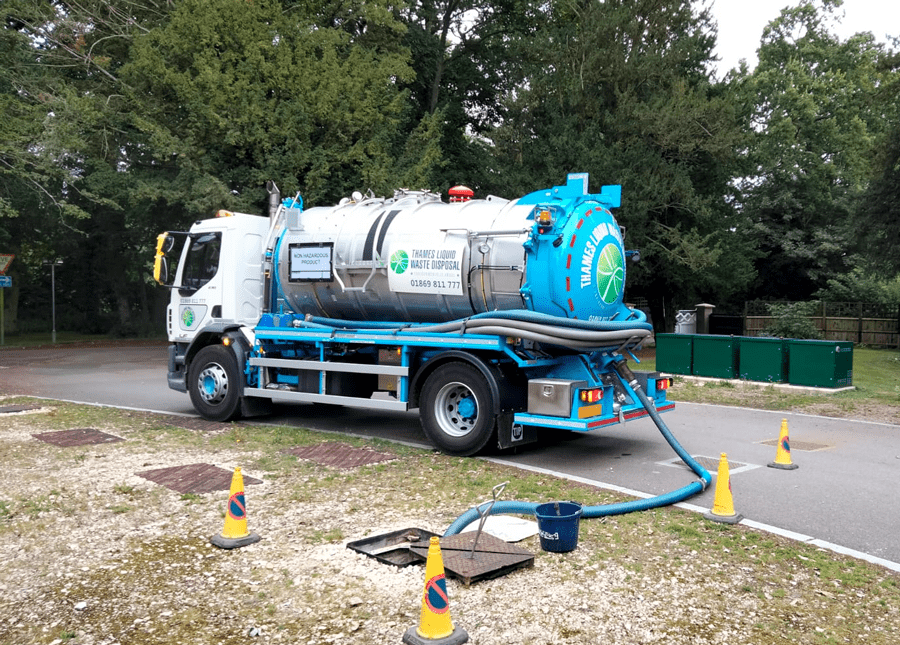Unknown Facts About Reclaim Waste
Unknown Facts About Reclaim Waste
Blog Article
The 8-Minute Rule for Reclaim Waste
Table of ContentsThe 8-Minute Rule for Reclaim WasteThe Basic Principles Of Reclaim Waste Indicators on Reclaim Waste You Should KnowThe Single Strategy To Use For Reclaim WasteThe Main Principles Of Reclaim Waste
Residential sewer waste refers to the waste and products from a residential septic storage tank. The correct monitoring and disposal of domestic sewage waste need liquid waste to be transferred to a sewer treatment plant where the proper approaches and equipment are used to detoxify and dispose of waste.
Business waste often includes prospective dangers, such as combustible products or a combination of liquid and solid waste products, and calls for an advanced and thorough disposal process. The disposal of business waste generally entails the purification of waste prior to transport to make certain safe and correct disposal. Hazardous waste is developed from by-products and runoff of commercial processes and production.
This type of waste can not use the exact same sewage monitoring transportation or processes as septic or industrial fluids. The hazardous waste management process needs the inspection and screening of fluid waste prior to it goes through the disposal procedure (liquid waste removal). Overflow waste is the liquid waste that originates from overflow and excess stormwater in highly booming locations or cities
Drainage waste can create contamination and flooding if not dealt with appropriately. Ensuring correct waste management can stop disasters and minimize ecological injury.
A Biased View of Reclaim Waste
Contact PROS Providers today to discover our waste monitoring and disposal services and the appropriate ways to look after the liquid waste you create.
(https://pubhtml5.com/homepage/kwjac/)Do you understand what takes place to your water when you end, flush the toilet or drain the washing device? No? Well, it deserves recognizing. This so-called 'wastewater' is not only an important resource yet, after therapy, will certainly be released to our land, rivers or the sea. Made use of water from bathrooms, showers, baths, kitchen area sinks, washings and commercial processes is called wastewater.

water made use of to cool down equipment or tidy plant and equipment). Stormwater, a type of wastewater, is drainage that moves from agricultural and urban areas such as roofings, parks, gardens, roads, courses and gutters right into stormwater drains pipes, after rainfall. Stormwater moves neglected straight to regional creeks or rivers, eventually reaching the sea.
Get This Report about Reclaim Waste
In Queensland, the majority of wastewater is treated at sewer therapy plants. Wastewater is transported from domestic or industrial sites through a system of sewage systems and pump terminals, understood as sewerage reticulation, to a sewer treatment plant.
The Division of Natural Resources suggests local governments about managing, operating and preserving sewerage systems and therapy plants. In unsewered locations, city governments might call for householders to install specific or home sewage treatment systems to deal with domestic wastewater from bathrooms, kitchens, restrooms and washings. The Department of Natural Resources authorises using house systems when they are shown to be effective.
In some new subdivisions, treatment of some stormwater to remove trash, sand and gravel has actually started making use of gross contaminant catches. Wastewater therapy occurs in 4 stages: Removes strong matter.
Wastewater then moves into large containers where solids work out and are gotten rid of as sludge. Grease and scum are skimmed from the surface. Uses small living organisms referred to as micro-organisms to damage down and eliminate remaining dissolved wastes and great fragments. Micro-organisms and wastes are integrated in the sludge. Eliminates nitrogen and phosphorus nutrients that might cause algal blossoms in our waterways and threaten water life.
A Biased View of Reclaim Waste
Nutrient removal is not available whatsoever sewage treatment plants because it requires costly specialized tools. It is becoming a lot more typical in Queensland. Clear fluid effluent created after treatment may still include disease-causing micro-organisms. If this effluent is launched right into waterways such as rivers or the sea, the micro-organisms will at some point die out.

This typically implies wastewater needs to be dealt with or contaminants gotten rid of before it can be released to rivers. Many wastewater flows into the sewerage system. Under the Act, neighborhood federal governments administer approvals and licences for environmentally relevant tasks (Periods) involving wastewater releases that might have a neighborhood impact. try these out The division administers approvals and permits to Periods involving wastewater launches that could have a regional or statewide influence.
Reclaim Waste for Dummies
Otherwise, samples are considered laboratory evaluation. Commonly many tests are required to develop the degrees of each of the various toxins such as oils, heavy steels and pesticides in water. Monitoring supplies factual info concerning water quality and can confirm that permit problems are being fulfilled. The details acquired via monitoring supplies the basis for making water quality choices.
Report this page